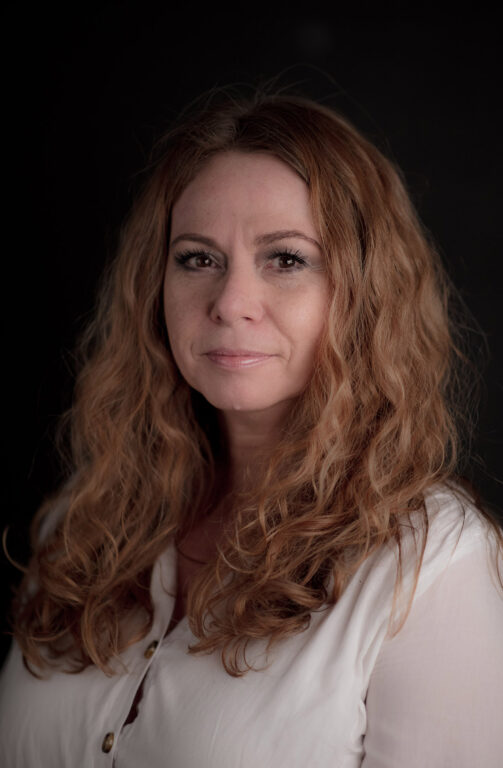
dr hab. Agata Ulanowska, prof. ucz.
Department of Aegean and Textile Archaeology
Laboratorium Archeologicznych Analiz Specjalistycznych
e-mail:
a.ulanowska@uw.edu.pl
office hours:
Sabbatical in the academic year 2025/26.
During the summer semester of 2025, remote office hours will be held by appointment on the following dates: July 15–18, and August 18 – September 30. Please note that internet access will be limited in August and September due to fieldwork.
research interests:
– Bronze Age Aegean
– textile production and technology
– experimental and experience archaeology
– Aegean seals and sealing practices
– gender archaeology
bibliography:
Publications until 2023
Research projects:
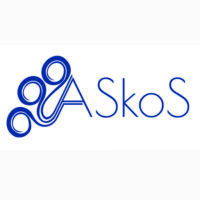 |
Ancient Skopelos Survey (ASkoS), 2024-2028, AskoS aims to fill a gap in knowledge and improve our understanding of the 3rd and 2nd millennia BCE Northern Sporades by focusing on one of the largest but insufficiently explored islands – Skopelos. The ASkoS project is a collaborative effort (synergasia) with the Ephorate of Antiquities of Magnesia of the Hellenic Ministry of Culture and, under the auspices and research permit of the Polish Archaeological Institute at Athens (PAIA), the Universities of Warsaw, the Charles University in Prague, and Heidelberg. |
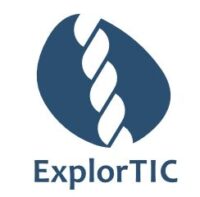 |
Exploring Textile Imprints on Clay from the 3rd and the 2nd Millennia BCE: Advancing Cutting-Edge Research and Documentation Protocols with Case Studies of Diverse Tex-tile Consumption Contexts (ExplorTIC), 2024-2027, SONATA BIS 13 of the National Science Centre in Poland (UMO-2023/50/E/HS3/00094, awarded funding: 1 935 400 PLN) |
 |
TEXTile digitisAtIon tooLs and mEthodS for cultural heritage (TEXTaiLES), 2024-2027, HORIZON REA, HORIZON-CL2-2023-HERITAGE-ECCCH-01 (ID 01101158328, awarded funding [total]: 3 626 617 EUR). |
 |
EuroWeb. Europe Europe Through Textiles: Network for an integrated and interdisciplinary Humanities, 2020-2024, Horizon 2020 Framework Programme, COST Action (CA 19131, awarded funding: 645 956 EUR). |
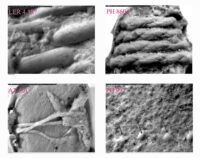 |
Textiles and Seals. Relations between textile production and seals and sealing practices in Bronze Age Greece, 2018–2021, SONATA 13 of the National Science Centre in Poland to the Institute of Archaeology, University of Warsaw (UMO-2017/26/D/HS3/00145, awarded funding: 637 052 PLN). |
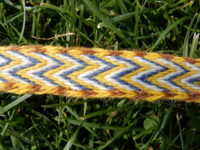 |
Produkcja włókiennicza w Grecji epoki brązu – badania porównawcze egejskich technik tkackich, 2015–2017, FUGA 4, Post-doctoral internship of the National Science Centre in Poland to the Institute of Archaeology and Ethnology, Polish Academy of Sciences, Centre for Research on Ancient Technologies in Łódź (UMO-2015/16/S/HS3/00085, awarded funding: 300 000 PLN). |
Educational project:
‘Artefacts, Creativity, Technology, and Skills from Prehistory to the Classical Period in Greece. Communities of Learning in the Past and in Higher Education Today, ACTS’, project funded by the 4EU+ Alliance and the Erasmus Plus Programme, ref. no. 612621







